Details of the Target
General Information of Target
| Target ID | LDTP08547 | |||||
|---|---|---|---|---|---|---|
| Target Name | Iron-sulfur cluster co-chaperone protein HscB (HSCB) | |||||
| Gene Name | HSCB | |||||
| Gene ID | 150274 | |||||
| Synonyms |
DNAJC20; HSC20; Iron-sulfur cluster co-chaperone protein HscB; DnaJ homolog subfamily C member 20) [Cleaved into: Iron-sulfur cluster co-chaperone protein HscB, cytoplasmic; C-HSC20; Iron-sulfur cluster co-chaperone protein HscB, mitochondrial]
|
|||||
| 3D Structure | ||||||
| Sequence |
MWRGRAGALLRVWGFWPTGVPRRRPLSCDAASQAGSNYPRCWNCGGPWGPGREDRFFCPQ
CRALQAPDPTRDYFSLMDCNRSFRVDTAKLQHRYQQLQRLVHPDFFSQRSQTEKDFSEKH STLVNDAYKTLLAPLSRGLYLLKLHGIEIPERTDYEMDRQFLIEIMEINEKLAEAESEAA MKEIESIVKAKQKEFTDNVSSAFEQDDFEEAKEILTKMRYFSNIEEKIKLKKIPL |
|||||
| Target Bioclass |
Other
|
|||||
| Family |
HscB family
|
|||||
| Subcellular location |
Cytoplasm; Mitochondrion
|
|||||
| Function |
[Iron-sulfur cluster co-chaperone protein HscB, mitochondrial]: Acts as a co-chaperone in iron-sulfur cluster assembly in mitochondria. Required for incorporation of iron-sulfur clusters into SDHB, the iron-sulfur protein subunit of succinate dehydrogenase that is involved in complex II of the mitochondrial electron transport chain. Recruited to SDHB by interaction with SDHAF1 which first binds SDHB and then recruits the iron-sulfur transfer complex formed by HSC20, HSPA9 and ISCU through direct binding to HSC20. Plays an essential role in hematopoiesis.; [Iron-sulfur cluster co-chaperone protein HscB, cytoplasmic]: Acts as a co-chaperone in iron-sulfur cluster assembly in the cytoplasm. Also mediates complex formation between components of the cytosolic iron-sulfur biogenesis pathway and the CIA targeting complex composed of CIAO1, DIPK1B/FAM69B and MMS19 by binding directly to the scaffold protein ISCU and to CIAO1. This facilitates iron-sulfur cluster insertion into a number of cytoplasmic and nuclear proteins including POLD1, ELP3, DPYD and PPAT.
|
|||||
| Uniprot ID | ||||||
| Ensemble ID | ||||||
| HGNC ID | ||||||
Probe(s) Labeling This Target
ABPP Probe
| Probe name | Structure | Binding Site(Ratio) | Interaction ID | Ref | |
|---|---|---|---|---|---|
|
m-APA Probe Info |
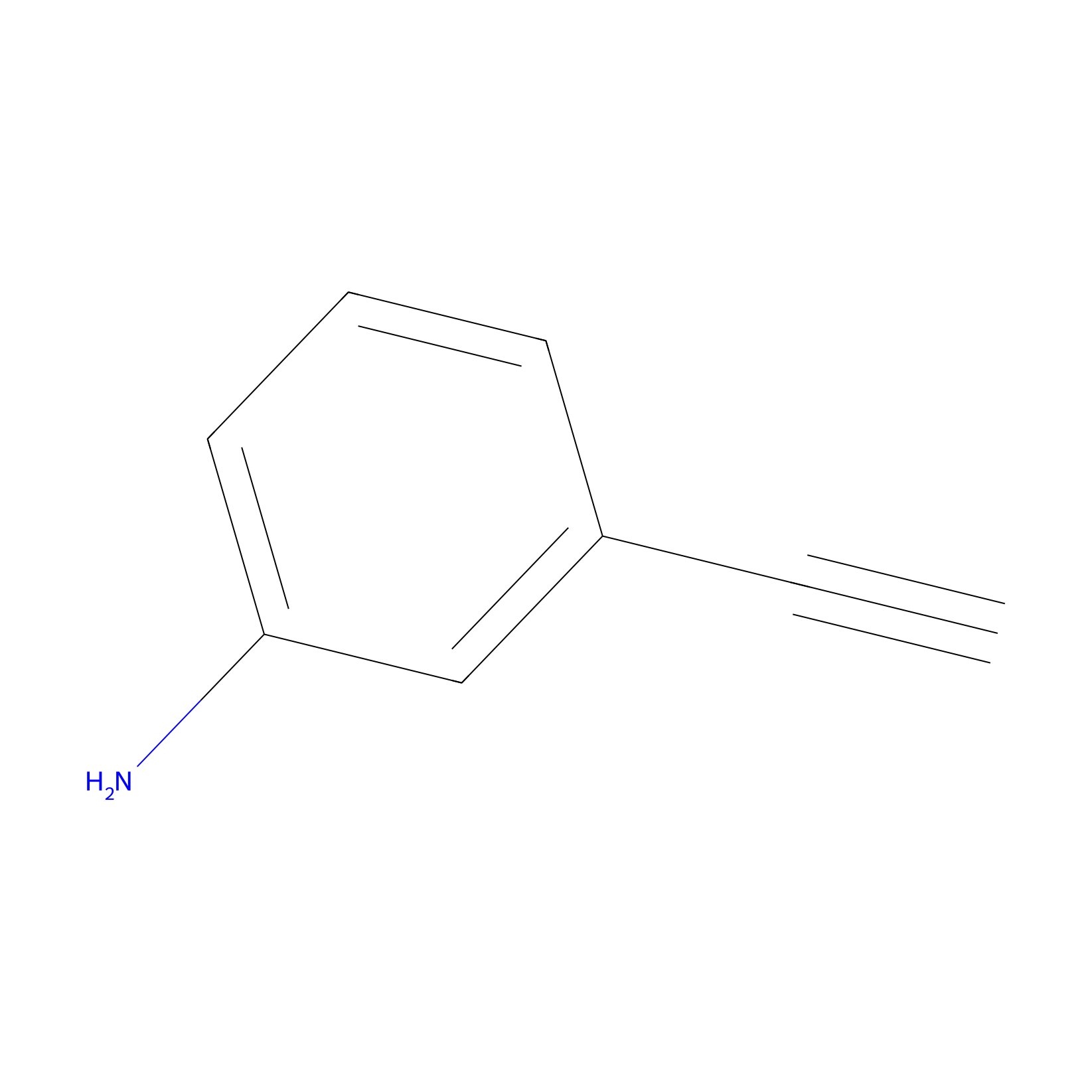 |
13.02 | LDD0402 | [1] | |
|
Probe 1 Probe Info |
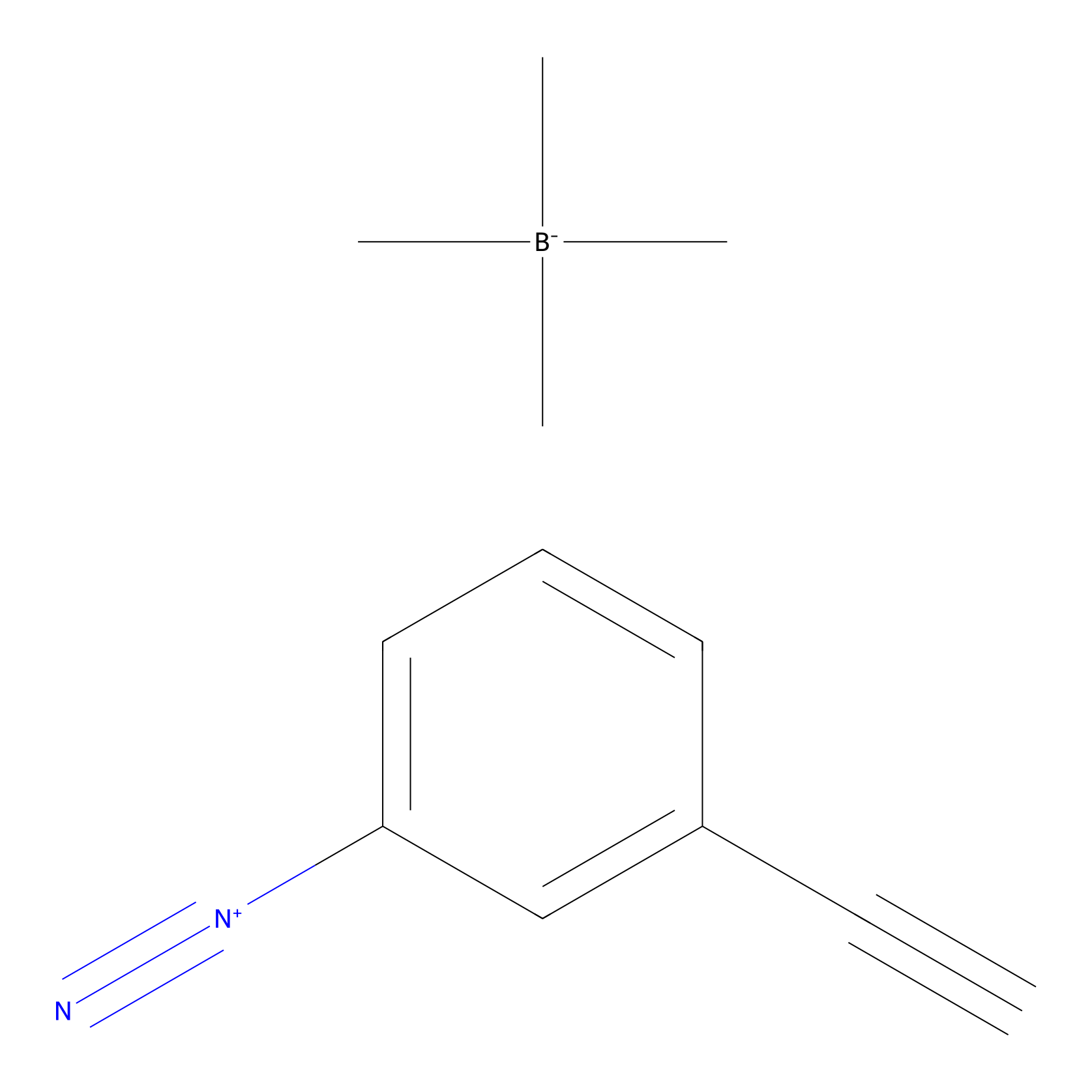 |
Y155(18.99); Y220(16.95) | LDD3495 | [2] | |
|
DBIA Probe Info |
 |
C28(3.20) | LDD3331 | [3] | |
|
IA-alkyne Probe Info |
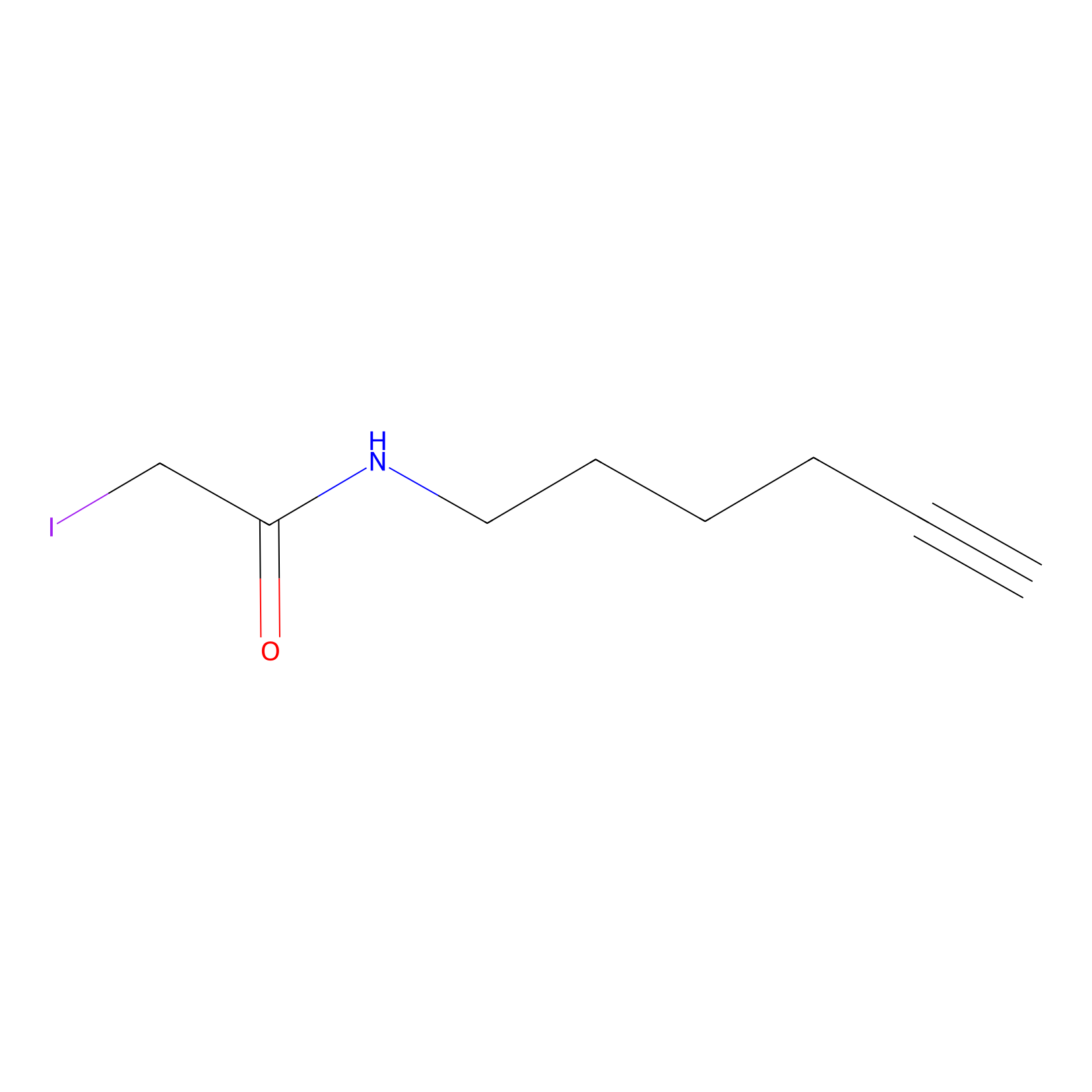 |
C28(0.93) | LDD2207 | [4] | |
|
IPM Probe Info |
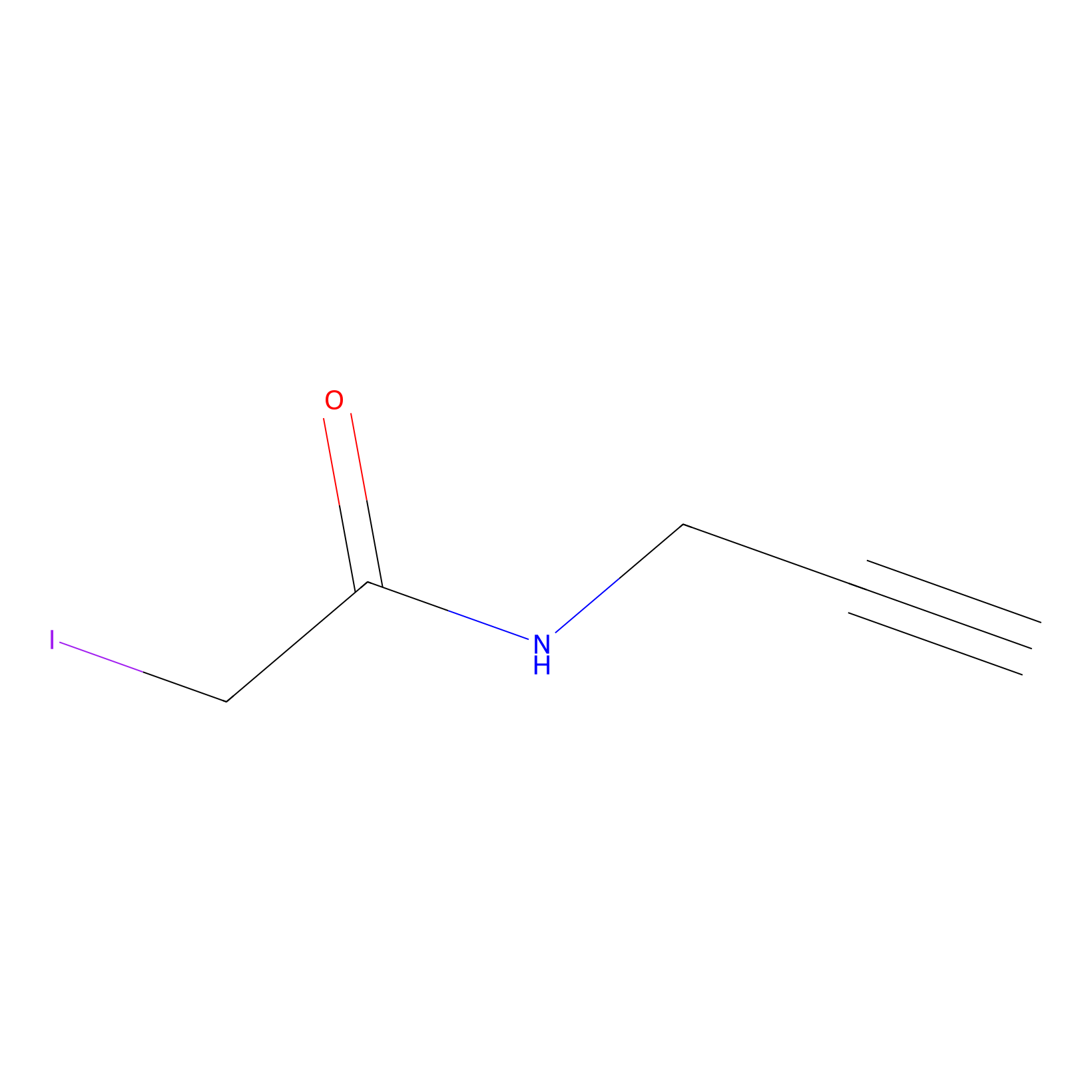 |
N.A. | LDD2156 | [5] | |
|
Acrolein Probe Info |
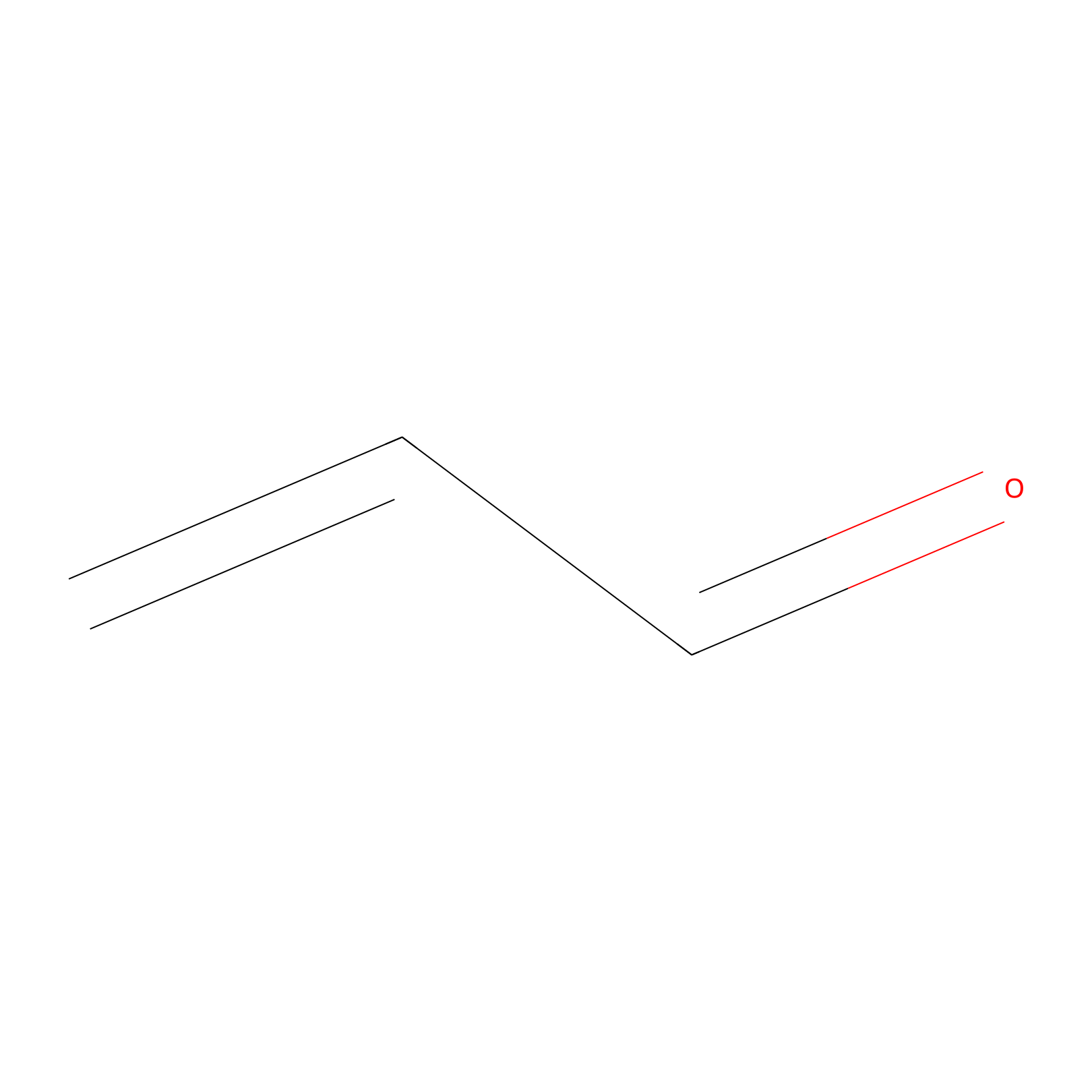 |
N.A. | LDD0217 | [6] | |
|
Methacrolein Probe Info |
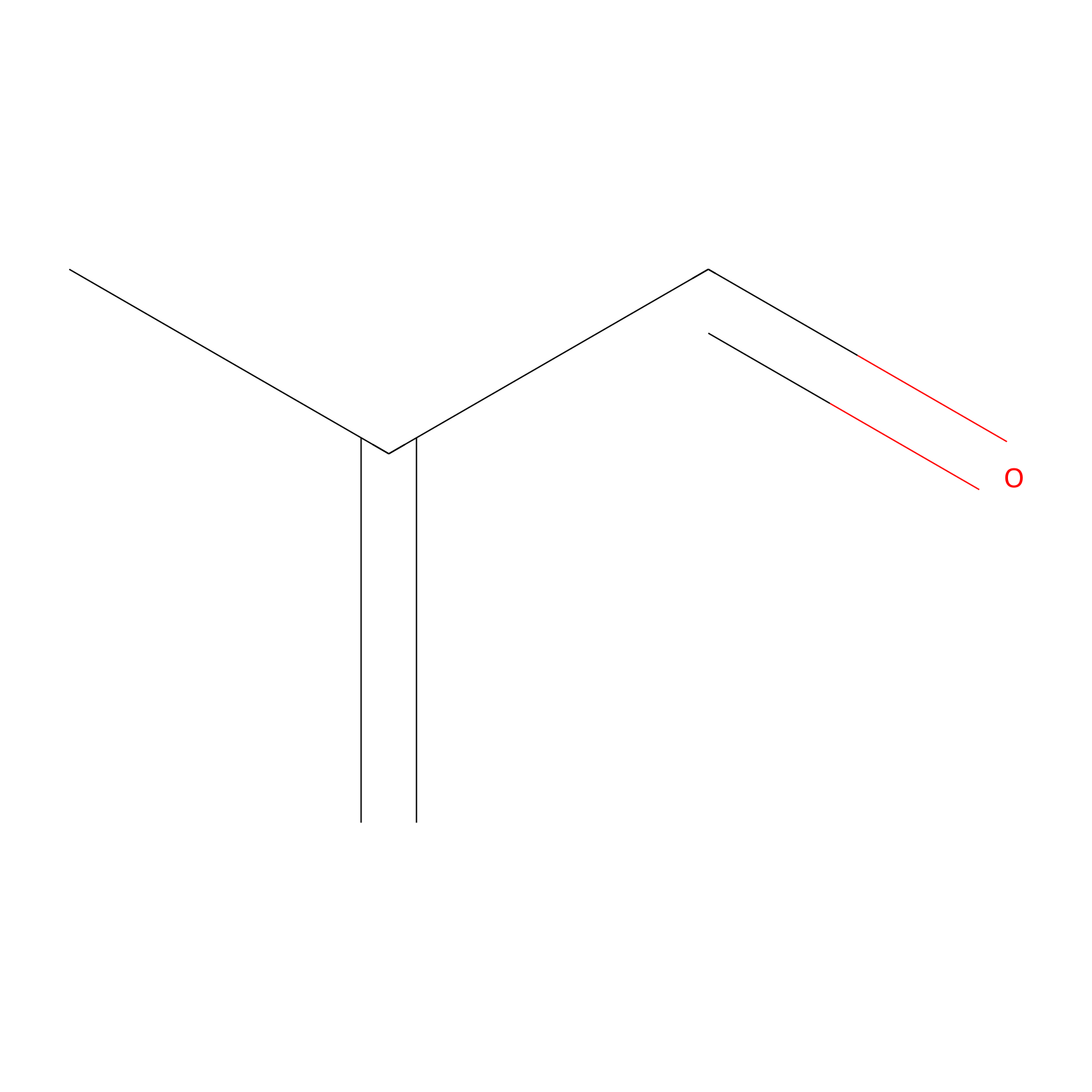 |
N.A. | LDD0218 | [6] | |
|
NAIA_5 Probe Info |
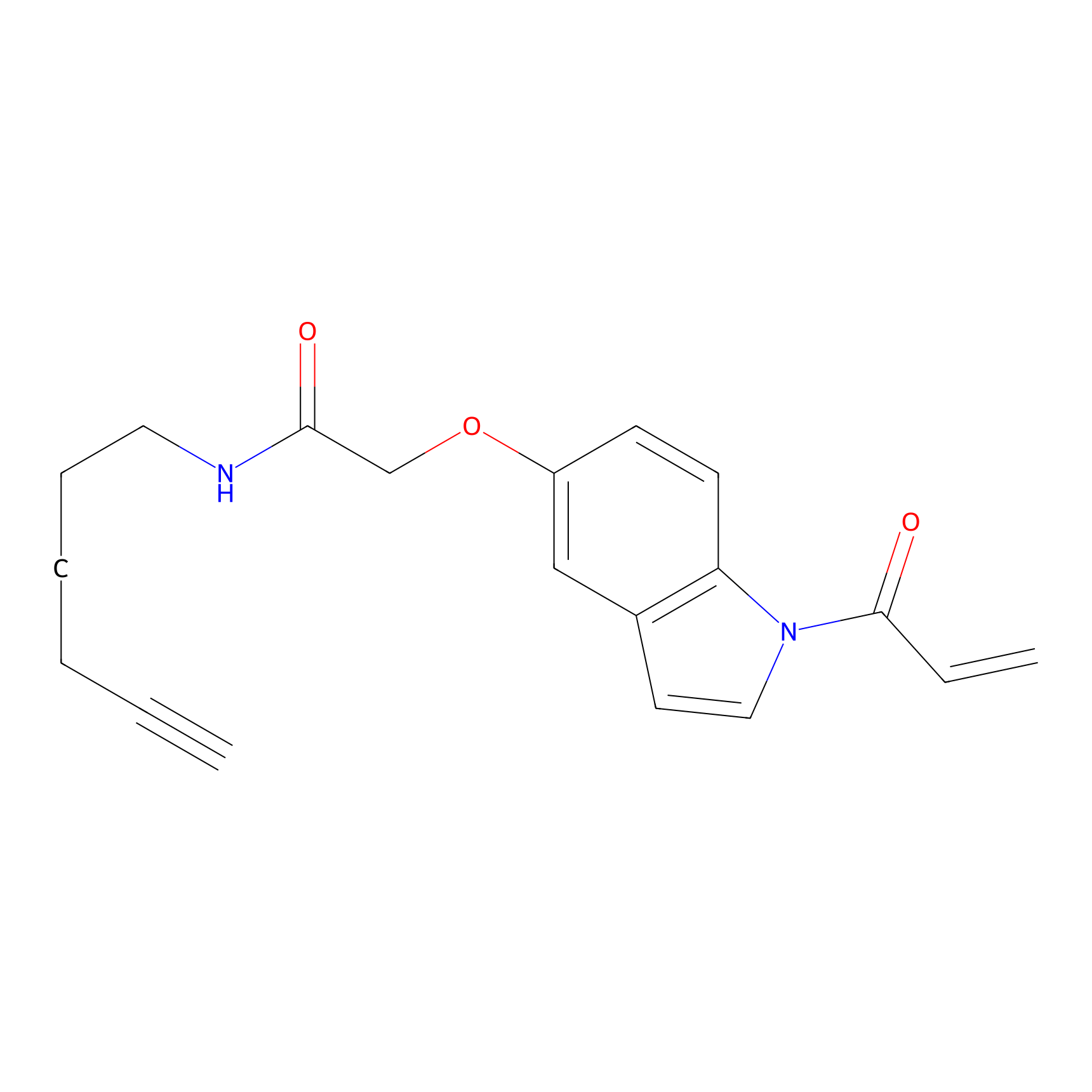 |
C79(0.00); C28(0.00) | LDD2223 | [7] | |
Competitor(s) Related to This Target
| Competitor ID | Name | Cell line | Binding Site(Ratio) | Interaction ID | Ref |
|---|---|---|---|---|---|
| LDCM0156 | Aniline | NCI-H1299 | 13.66 | LDD0403 | [1] |
| LDCM0020 | ARS-1620 | HCC44 | C58(1.65); C61(1.65); C41(1.40); C44(1.40) | LDD2171 | [8] |
| LDCM0108 | Chloroacetamide | HeLa | N.A. | LDD0222 | [6] |
| LDCM0107 | IAA | HeLa | N.A. | LDD0221 | [6] |
| LDCM0022 | KB02 | Daoy | C28(1.66) | LDD2314 | [3] |
| LDCM0023 | KB03 | D283 Med | C28(1.03) | LDD2729 | [3] |
| LDCM0024 | KB05 | MKN-1 | C28(3.20) | LDD3331 | [3] |
| LDCM0628 | OTUB2-COV-1 | HEK-293T | C28(0.93) | LDD2207 | [4] |
| LDCM0021 | THZ1 | HCT 116 | C58(1.65); C61(1.65); C41(1.40); C44(1.40) | LDD2173 | [8] |
The Interaction Atlas With This Target
The Protein(s) Related To This Target
Enzyme
Other
References
